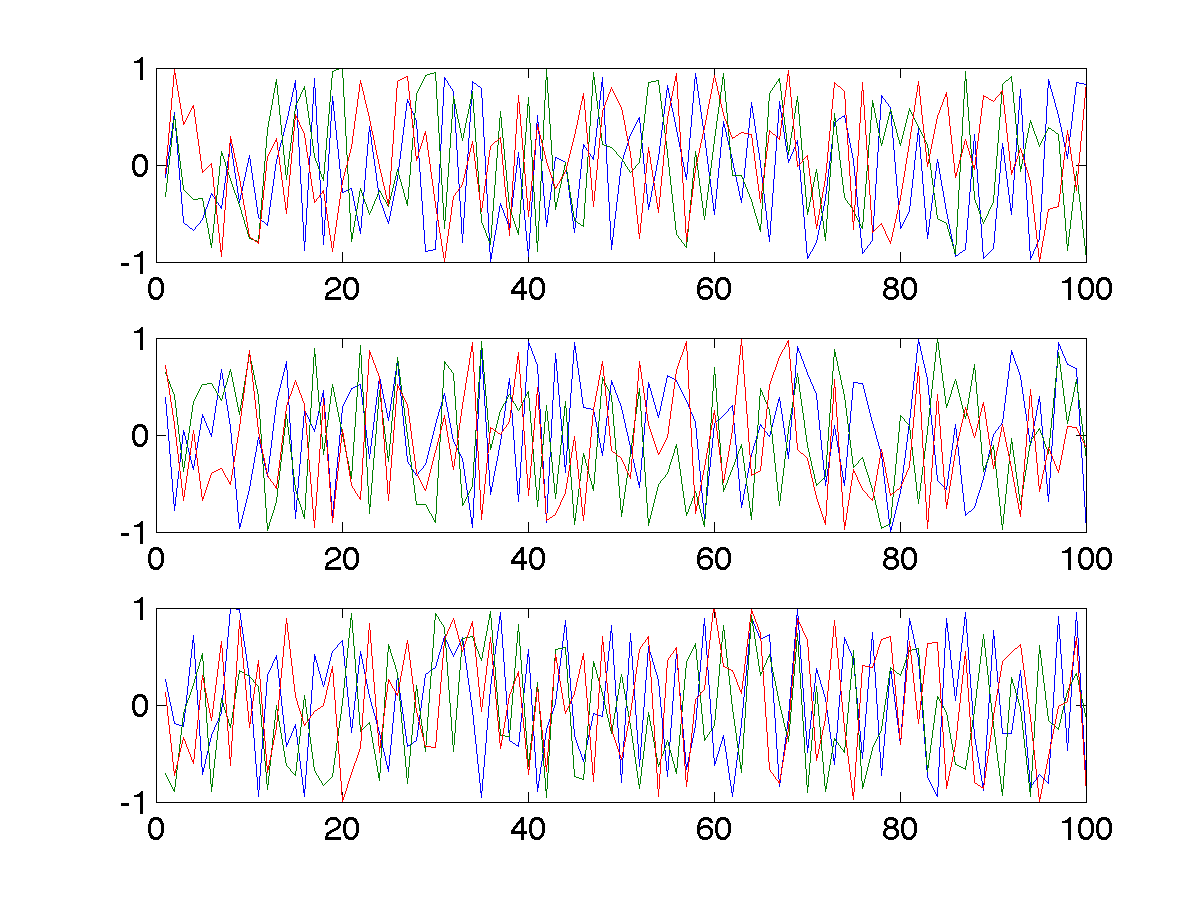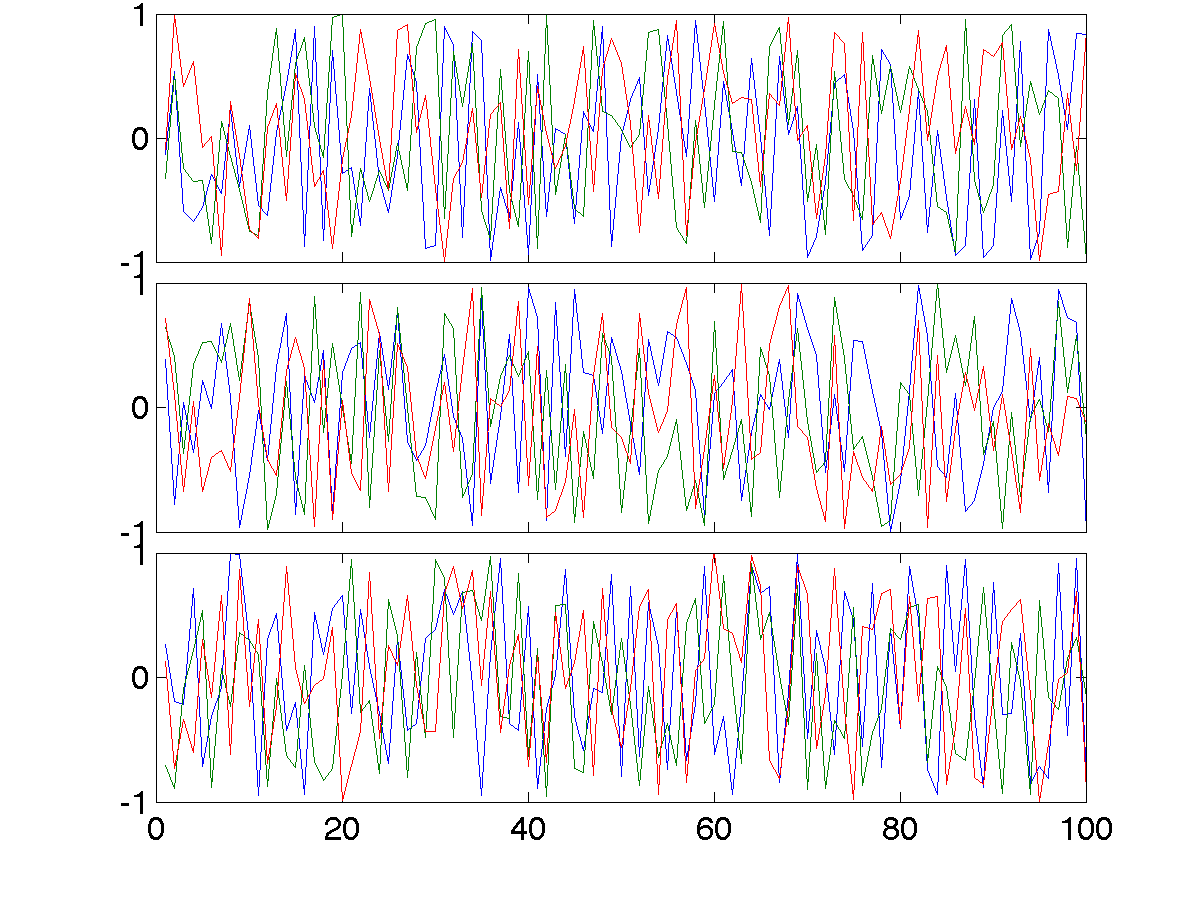Xmgr annotations
January 27, 2015 at 12:32 AM | categories: xmgr | View Comments
Frankly, I think that xmgr is obsolete. It had some grace (pun intended) 10yrs ago, and it still produces very consistent graphs. But it smells like an old cheese, it lacks latex/regexps/modern scripting language/importing of modern binary formats/2D heat maps. Nevertheless, if I happen to have an ascii data file around, I am still tempted to launch it once in every while. GMT will take you further, but xmgr will take you faster (once you get the hang of its awkward arrangement of menus).
This guy summarizes for us some of the very basic subtleties of xmgr's gui. The most important for me are related to special chars:
The old way of including special chars/fonts :
| What | example |
|---|---|
| superscript | x\S2\N |
| Subscript | 3\s10\N |
| Greek letters (e.g. theta) | \f{Symbol}q\f{} |
| Special symbols (e.g. Angstrom symbol) | \cE\C |
The new method to insert special characters in xmgrace is:
Press ctrl-e while positioned in a text-edit field to bring up the font dialog box, and select whatever you want.
Thanks Louic .
Copyright (C) 2015 by Avi Gozolchiani. See the License for information about copying.

